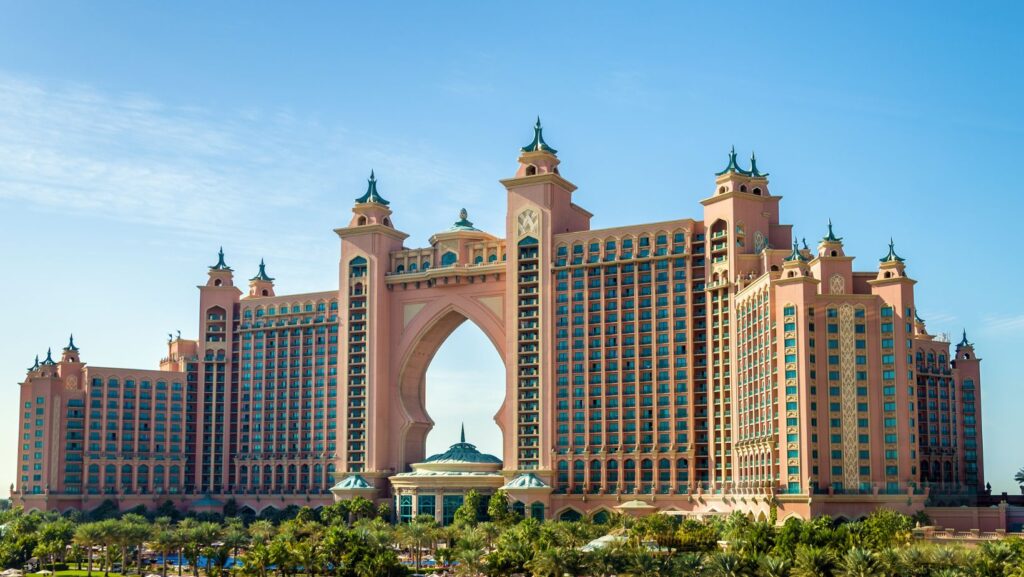Travel today is about more than just reaching a destination—it’s about how we feel when we get there. As guests increasingly seek more profound experiences that nourish body and mind, hotels respond with spaces designed to heal, inspire, and restore. At the heart of this evolution is a new approach to design—wellness architecture—where every detail is crafted with care and intention. And behind these thoughtful environments are visionary hotel architects who understand that genuine hospitality begins with how a space makes you feel.
Designing with Purpose
Wellness architecture isn’t a style—it’s a mindset. It’s about creating environments that promote health, calm, and balance. In hotel design, this means looking beyond surface-level aesthetics and focusing instead on how spaces function emotionally and physiologically. Does the room promote deep sleep? Does the lighting support natural circadian rhythms? Can the layout encourage movement and mindfulness?
The answers to these questions guide every design choice—from where a window is placed to which materials are used. Comfort is no longer just physical; it’s emotional and sensory too. When guests enter a space built with wellness in mind, they feel it immediately. There’s a sense of ease, a slower rhythm, a quiet invitation to exhale.
The Power of Natural Light and Fresh Air
Two of the most essential elements in wellness architecture are light and air. In hotels, these elements have the power to transform the guest experience. Large windows, skylights, and open-air transitions bring the outside in, allowing nature to do what it does best—restore and renew.
Natural light enhances mood and helps regulate sleep patterns, which is crucial for travelers. Fresh air, especially in well-ventilated rooms and common areas, supports both physical health and mental clarity. Wellness architecture encourages designers to treat these elements as essentials, not afterthoughts.
Materials That Soothe and Support
The materials used in a wellness-focused hotel are more than a design statement—they’re a statement of values. Non-toxic paints, natural fabrics, sustainably sourced woods, and low-VOC finishes create environments that are not just beautiful but also safe and clean.

Guests may not always notice these choices consciously, but their bodies will respond. A room free of harsh chemicals and synthetic materials simply feels better. It’s warmer, quieter, and more grounded. These subtle cues send powerful messages to the nervous system: you’re safe, can relax, and can stay awhile.
Spaces That Invite Stillness and Movement
Wellness doesn’t mean silence and solitude for everyone—it’s about balance. That’s why hotels designed with intention often include a blend of active and restorative spaces. Quiet meditation corners, spa suites, and relaxation rooms offer moments of stillness. At the same time, yoga decks, walking paths, and movement studios encourage physical activity.
By offering both, hotels support the full spectrum of wellbeing. Guests can reconnect with themselves however they need—whether it’s through a long soak, a mindful stretch, or a quiet morning by the garden.
Thoughtful Transitions and Flow
How we move through a space matters. In wellness architecture, transitions are designed to be seamless and calming. Corridors are quiet and softly lit. Lobbies are open and inviting. Private spaces feel separate from public ones, creating a sense of control and privacy.
This intentional flow helps reduce sensory overload and supports a more mindful pace. Instead of abrupt changes or disjointed layouts, there’s a feeling of progression—from arrival to relaxation, movement to stillness. Guests feel guided, not rushed.
The Role of Nature in the Built Environment
Biophilic design—a core principle of wellness architecture—brings nature into the built environment. In hotels, this often means more than just indoor plants. It’s about creating a relationship with the natural world through views, textures, scents, and sounds.
A room overlooking a garden or water feature, natural stone used in bathrooms, or the soft rustle of leaves outside an open window brings the calming influence of nature closer to the guest.

Even in urban settings, wellness architecture incorporates green walls, rooftop gardens, and indoor courtyards to foster that vital connection.
Emotional Design and Guest Experience
One of the most overlooked aspects of hotel wellness is the emotional response a space can evoke. Wellness architecture invites designers to consider how guests feel when they walk in. Is there a sense of welcome? Does the space support joy, peace, or reflection?
Through gentle color palettes, soft lighting, calming sounds, and thoughtful textures, hotels can evoke an emotional tone that stays with the guest long after checkout. These sensory experiences are subtle, but powerful—they turn a stay into a memory.
A New Standard in Hospitality
Wellness architecture is not about trends or luxury—it’s about rethinking what it means to care for people. In the hotel industry, it’s setting a new standard, one where health, comfort, and mindfulness are built into the very fabric of the space.
Guests are no longer satisfied with just a beautiful room. They’re looking for places that help them feel better, sleep deeper, and return home more rested than when they arrived. When a hotel is designed with that intention, every detail becomes an act of care.
